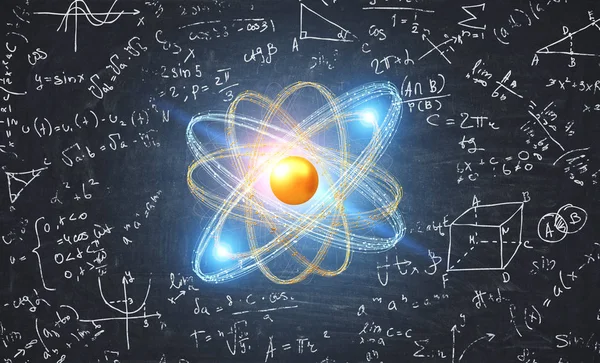Are you looking for physics homework help on thermodynamics? If yes, then you are in the right place. The article will explain some key elements and concepts of this topic. In 1749, William Thomson coined the term thermodynamics, which focuses on the relationships between heat and other forms of energy. Scientists discovered this concept when they were trying to build steam engines. Still, thermodynamics is considered one of the most complex topics as it requires thorough knowledge of basic concepts and laws. Thus, students always seek assistance from a physics homework helper, as they hold Ph.D. degrees in their respective fields.
But it’s essential to learn thermodynamics, as it will guide students in the long run. Therefore, this article will explain some concepts and features of thermodynamics that will make physics homework easy.
What Are the Important Concepts of Thermodynamics?
There are so many branches of physics and many definitions and formulas in each one that students tend to get confused. Also, even thermodynamics is classified into multiple types, such as classical, statistical, chemical, etc. It is challenging for a student to remember everything at their fingertips. Thus, they need homework help from experts who can assist them with revision. This article will provide a gist about the key terms of thermodynamics so it is easy for you to complete academic work.
1. System
The thermodynamics system is a portion of matter on which our attention is focused. It has a boundary that can be real, imaginary, or deformed.
The Three types of Systems are:
- Isolated System:A system that cannot exchange energy and mass with its surroundings An example of an isolated system is the Universe.
- Closed System:This system can transfer energy across its boundaries but cannot transfer mass. The refrigerator is an example of a closed system.
- Open System:As the name suggests, it transfers both energy and mass from its surroundings. A steam turbine is a prime example of an Open system.
- Surrounding
Everything outside a system that has an impact and influence is considered a surrounding. The system and the surroundings together make up the universe. Thus, anything that is not defined as a system is our surroundings.
- Thermodynamic Process
An energetic change within the system whether it is a change related to pressure, volume, or any other internal change is considered a Thermodynamic Process.
Its four types are-
- Adiabatic Process:It transfers no heat inside or outside the system.
- Isochoric Process: The system performs no work, and you see no changes in the volume.
- Isobaric Process:In the isobaric process, no changes occur in the pressure.
- Isothermal Process:In this process, you observe no change in the temperature.
- Thermodynamic Equilibrium
In the initial state, before any changes occur, all properties of the system hold fixed values. But a system changes into a different one when the value of a single property changes. It is considered in an equilibrium state when it’s isolated from its surroundings and no property changes are observed.
Four types of equilibrium exist:
- Thermal Equilibrium:When you observe no changes in the temperature throughout the system.
- Mechanical Equilibrium:When the pressure remains constant and doesn’t change at any given point in the system,
- Chemical Equilibrium:When there are no changes in the chemical composition, the system is considered to be in a chemical equilibrium state.
- Phase Equilibrium:When the mass of each phase reaches the level of equilibrium, the system is in this state.
- Enthalpy
Enthalpy is the method used to measure the energy present in a thermodynamic system where the pressure is constant. It is considered a crucial step as it helps measure whether the reaction is endothermic or exothermic. The definitions of these reactions are as follows:
- Endothermic:It happens when reactants absorb the heat and is considered a positive change.
- Exothermic:It happens when reactants release heat to cause a temperature rise, which is considered a negative change.
To calculate enthalpy, use the following formula:
H=E+PV
where H=Enthalpy, E=Energy, P=pressure, and V=Volume.
- Entropy
Entropy measures the disorder of a system. It also defines the amount of unavailable energy needed to perform work. When a system generates higher entropy, it is considered in the most disordered state, and the energy is dispersed.
To get a detailed overview of the above concepts, students can seek physics homework help online from experts. The professionals will help them by resolving doubts and will also assist in solving complex problems. Read further to learn about the characteristic features of thermodynamics.
What Are the Properties of Thermodynamics?
But the properties of thermodynamics assist in studying the state of a system and its characteristics. They are classified into two categories, which are as follows:
- Extensive Property:The value of an extensive property depends upon the amount of mass present in the system. A few examples are Internal and free energy, entropy, and enthalpy.
- Intensive Property:It does not depend on the mass or the amount of substance present in the system. The examples of intensive properties are temperature, pressure, and density.
Conclusion:
You must have understood the basic terms of thermodynamics by now. Whenever you’re solving questions, revise these concepts and other principles before starting. Moreover, if you have any doubts or queries, then you can take Physics homework help from experts.
















